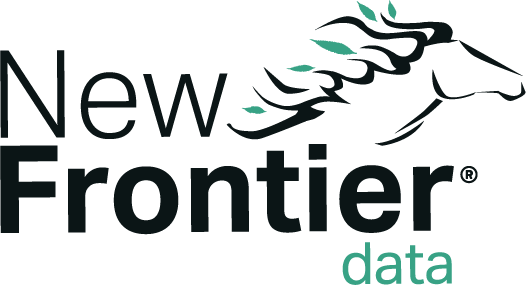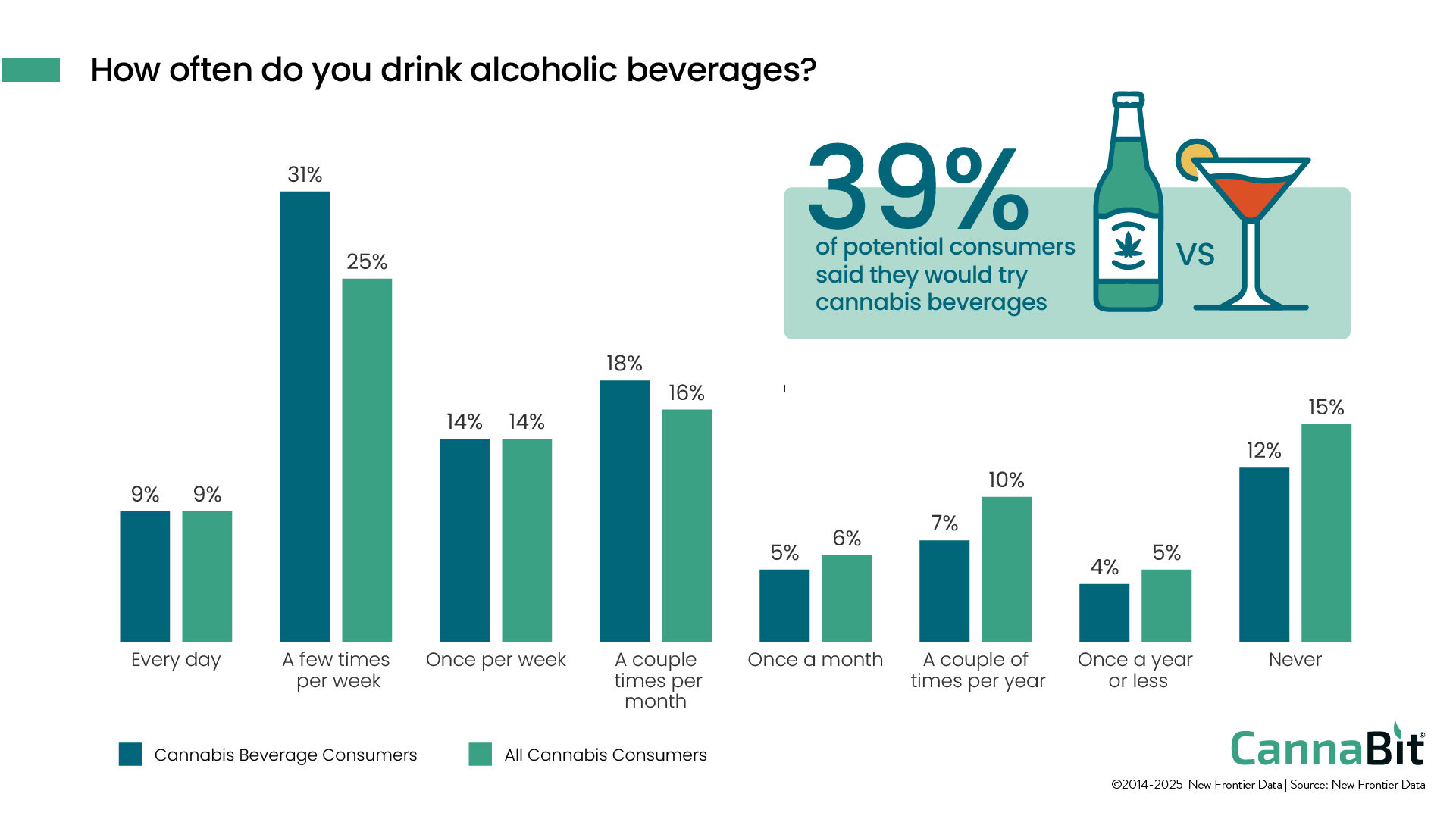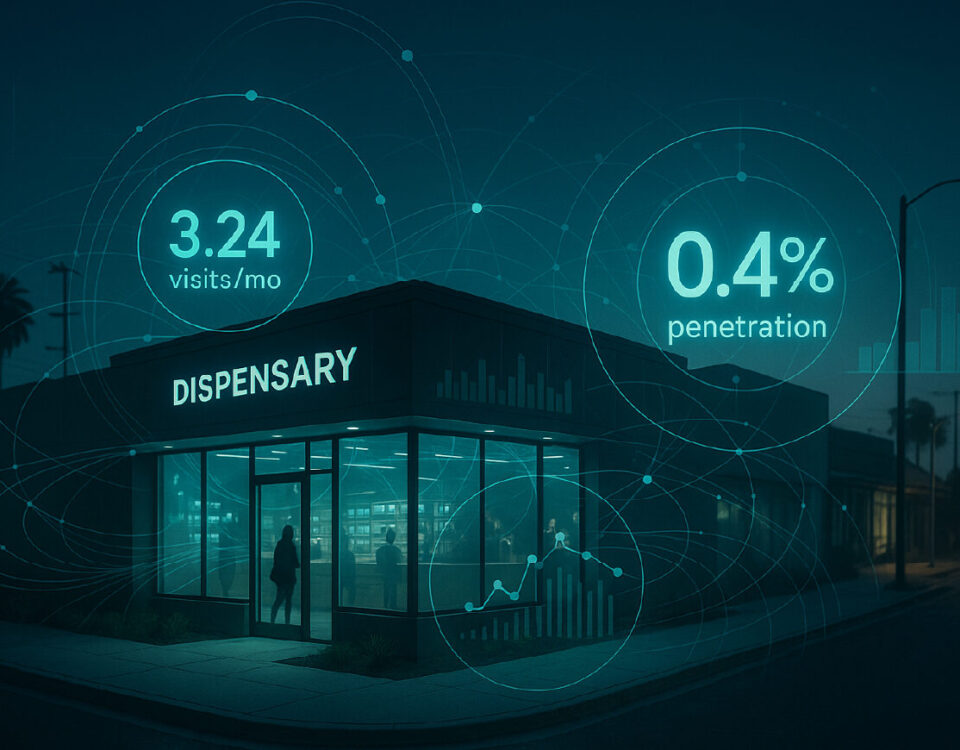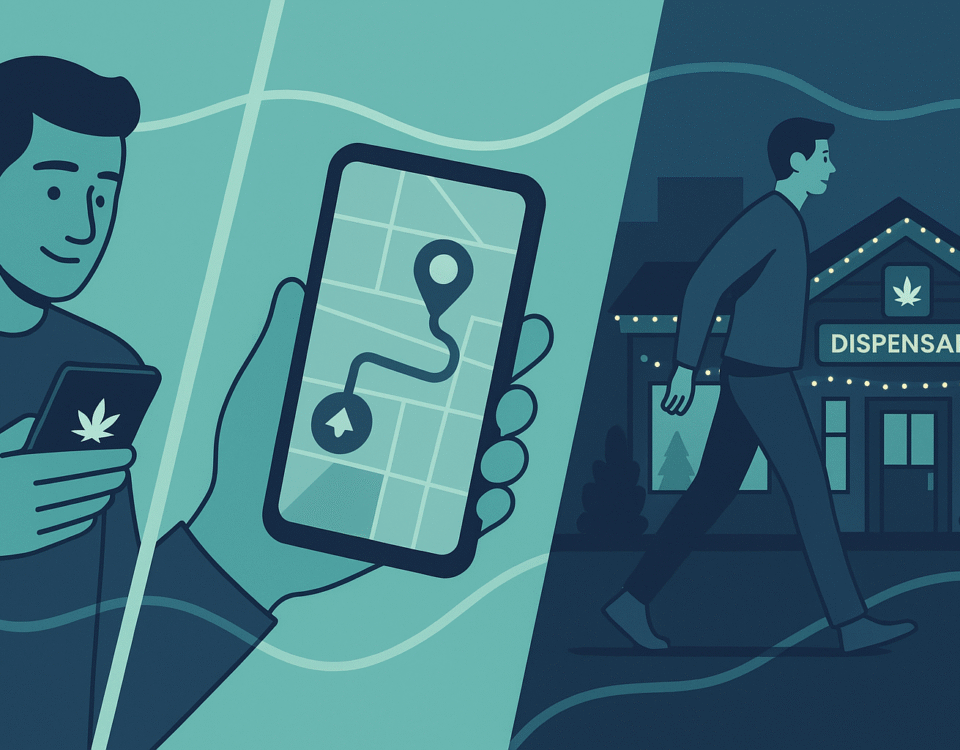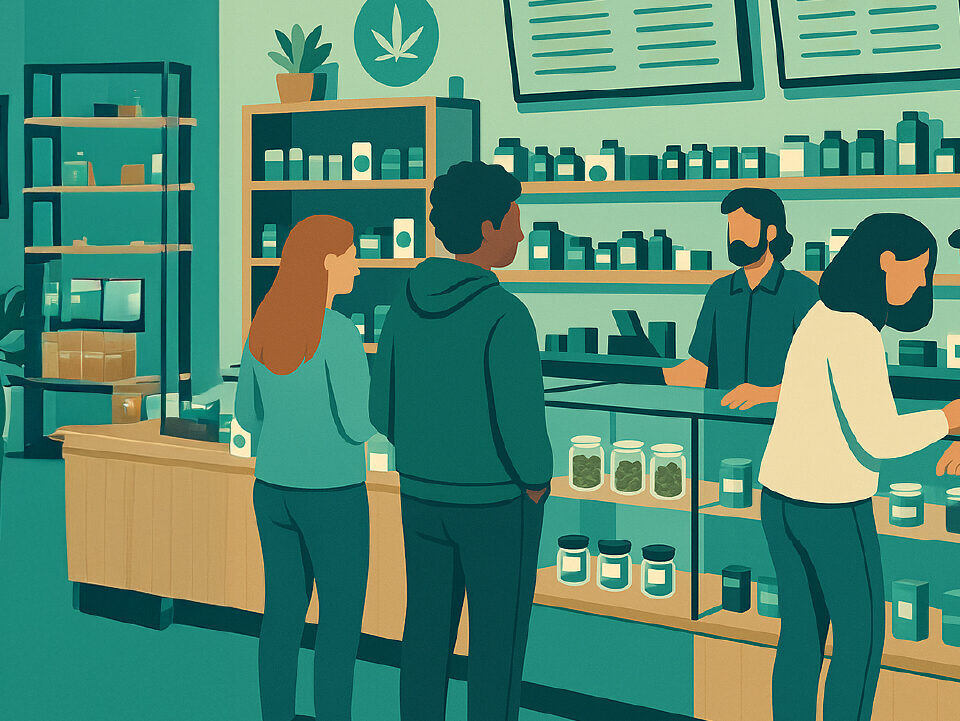Cannabis Infused Beverages: The New Frontier of Intoxicating Libations?
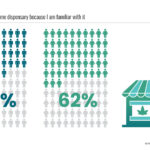
Gender differences and cannabis purchasing behavior
March 18, 2025
What Cannabis Operators Need to Know Right Now: August 2025 Industry Update
August 6, 2025When cannabis beverages emerged on the scene, people were skeptical. For one, they didn’t taste great. The infusion science was (and is) still evolving, and many early beverages tasted a bit like an oil slick on a carbonated lake. Secondly, the cannabis consumer was still firmly entrenched in smoking as their preferred method of ingestion. And those who used edibles were seeking a lot more THC than was in the early cannabis beverage offerings. Going back to the infusion science, a beverage with 50 mg+ of THC was rarely appetizing, and if people wanted the heavy taste of cannabis oil, they were more likely to choose a gummy, because at least the ingestion experience was over quickly.
But there were a few of us that even in those early days saw the potential for cannabis beverages. For me, there were three main reasons I had hope for this sector of the market. First, we, as a society, drink our intoxicants. From beer to liquor to coffee, when we want drugs inside us, many of us choose the liquid route. Liquid administration allows us to gulp, sip or nurse depending on our desired outcome. Beverages allow us to consume socially without exposing people to secondhand smoke. Beverages can be infused with not only substances, but a never-ending variety of flavors. Coffee and alcohol-based beverages also encompass craft, with a cadre of connoisseurs who know their beans, grapes, and hops well enough to lecture the rest of us about what we should and should not be drinking.
Next, I knew the technology would improve. I am old enough and have been in this space long enough to remember the early days of edibles. Picture a bake sale, but everything is infused with cannabis. In the early days of medical cannabis, people were making edibles in their home kitchens, wrapping them in cellophane, and bringing them to the local dispensary. Some people had their recipes down to a science, but many had products that were sometimes great, and sometimes…not. I knew that, like edibles, as infusion technology progressed (hello nano!) the quality of the beverages would too. And I was right.
Which brings me to my last reason for hope, the low potency consumer. In the days of cannabis prohibition, everyone smoked their weed. You had no other choice. Sure, a friend may show up to a party with a tray of pot brownies now and then, but smoking was the main method of ingestion. Early adopters post-legalization were also smokers. After all, they started their relationship with weed before they could buy a wide array of gummies, and smoking was predictable and a ritual they enjoyed. And not just cannabis. According to our consumer survey, cannabis beverage consumers smoke tobacco less often than general cannabis consumers. Thirty-four percent of consumers overall smoke tobacco every day compared to 29% of cannabis beverage consumers.
Once legalization spread and people who WEREN’T consumers under prohibition started to enter the picture, we saw a shift away from smoking and towards lower potency, non-smoked options. According to our consumer survey, while 60% of current consumers say that flower is their most frequently used form compared to 21% for edibles, for “potential” consumers, those who have not tried cannabis but are open to it, 71% said they would try edibles and only 22% said flower. And while only 15% of current consumers say they use cannabis beverages, 39% of potential consumers said they would like to try them.
Who are cannabis beverage consumers and how do they differ than the general population of cannabis consumers? To answer those questions, I analyzed data from our 2023 Consumer Survey and looked at those who use cannabis beverages compared to the consumer at large.
Fifteen percent of cannabis consumers say they use cannabis infused beverages. Among those who use cannabis beverages, 63% are between 25-44 years old and 58% are men. It should also be noted that only 34% of consumers in adult use states say they have access to infused beverages, while 73% say they have access to cannabis flower.
Many have suggested that cannabis infused beverages can be a substitute for alcohol. I did several studies on the use of cannabis as a substitute for alcohol and found it to be a fairly common practice. When we compare alcohol use among those who use cannabis beverages vs. the cannabis consumer at large, we see similar rates of alcohol use. Beverage consumers are slightly more likely to report drinking a few times per week (31% vs. 25%) and slightly less likely to report not drinking at all (12% vs.15%). The slightly higher rates of alcohol use among beverage consumers may indicate a comfort with drinking intoxicants and presents an opportunity for substitution and cannabis-based harm reduction.
While the cannabis beverage market may still be in its infancy, especially compared to the smoked product market, it is being accelerated by the hemp beverage market. These low-dose yet intoxicating beverages have broken the dispensary barrier, and, in many markets, are available right next to the alcohol, making it easier to choose your own adventure when it comes to liquid intoxication.
